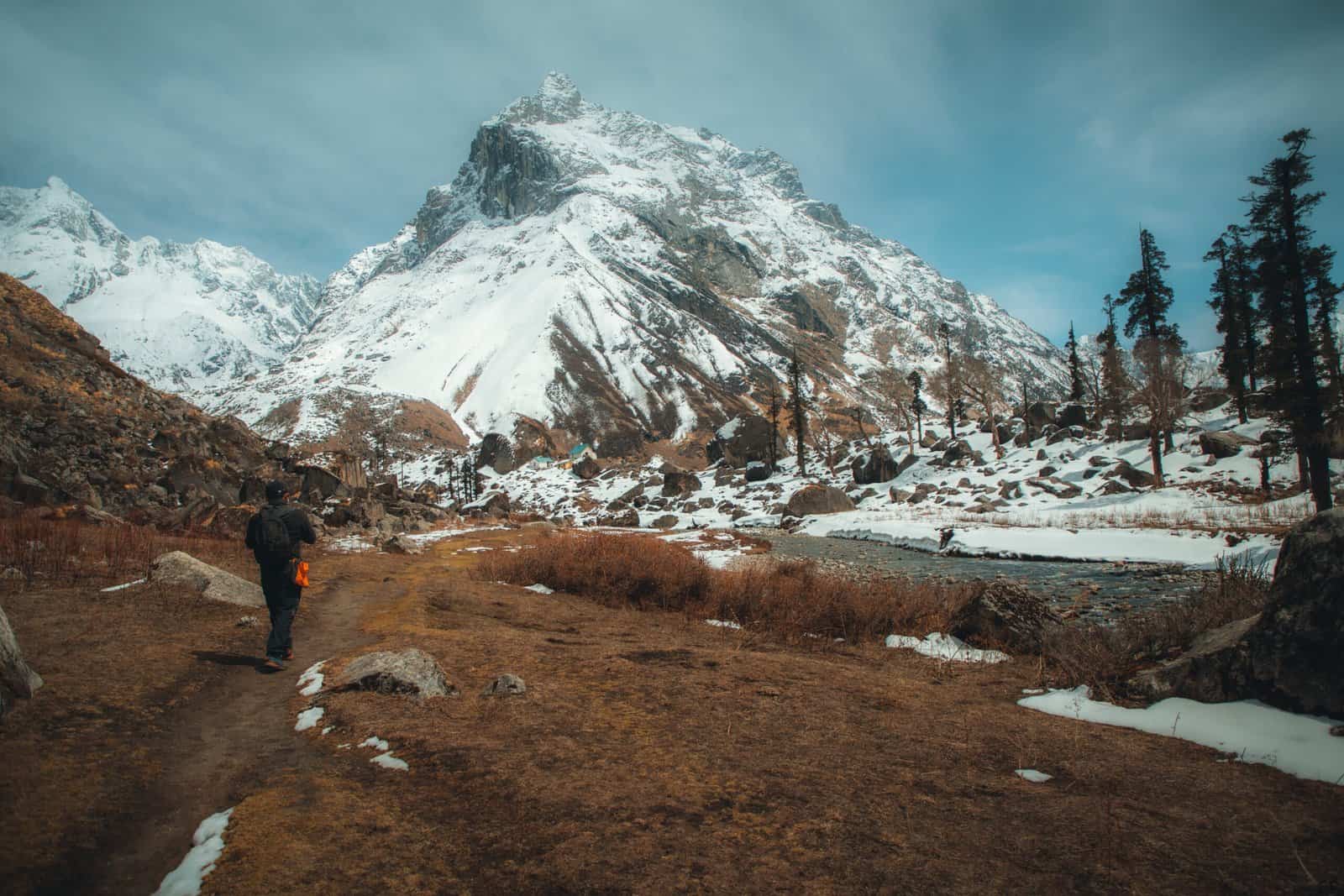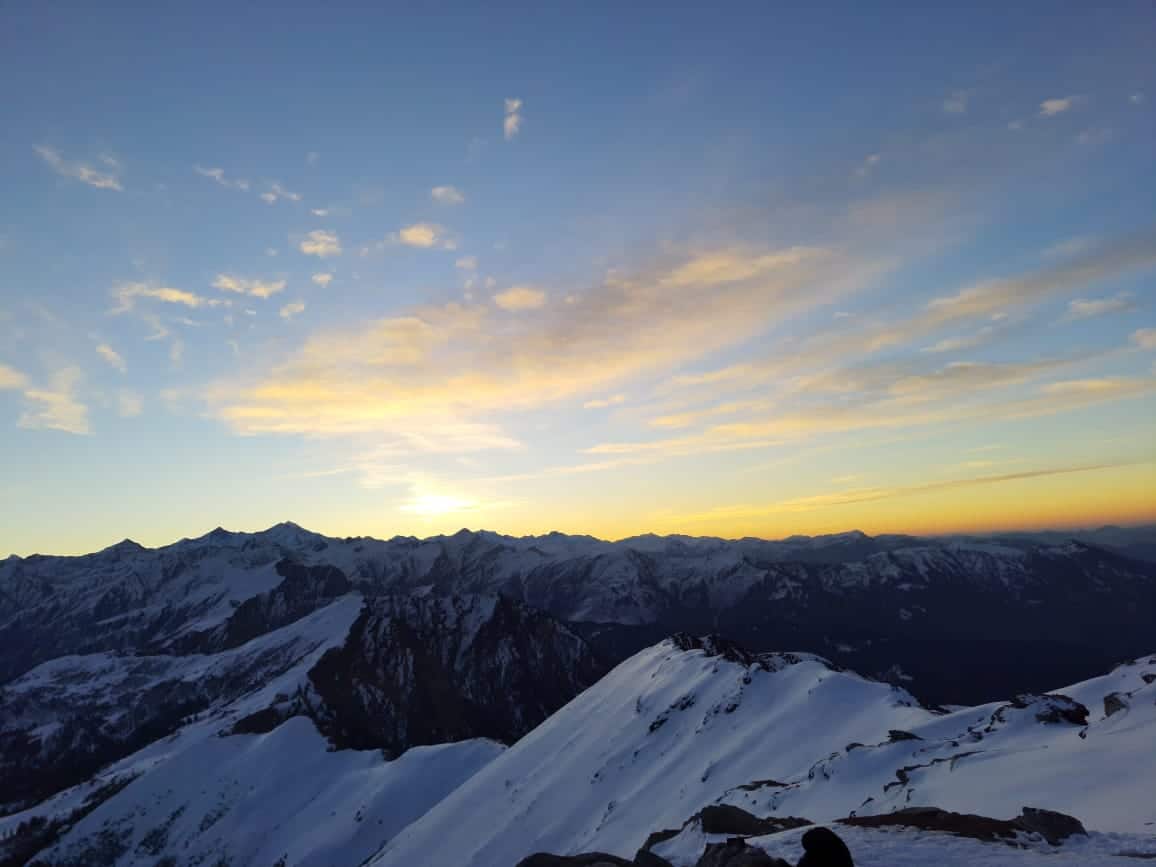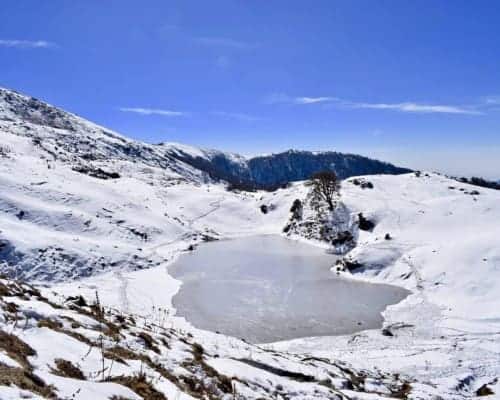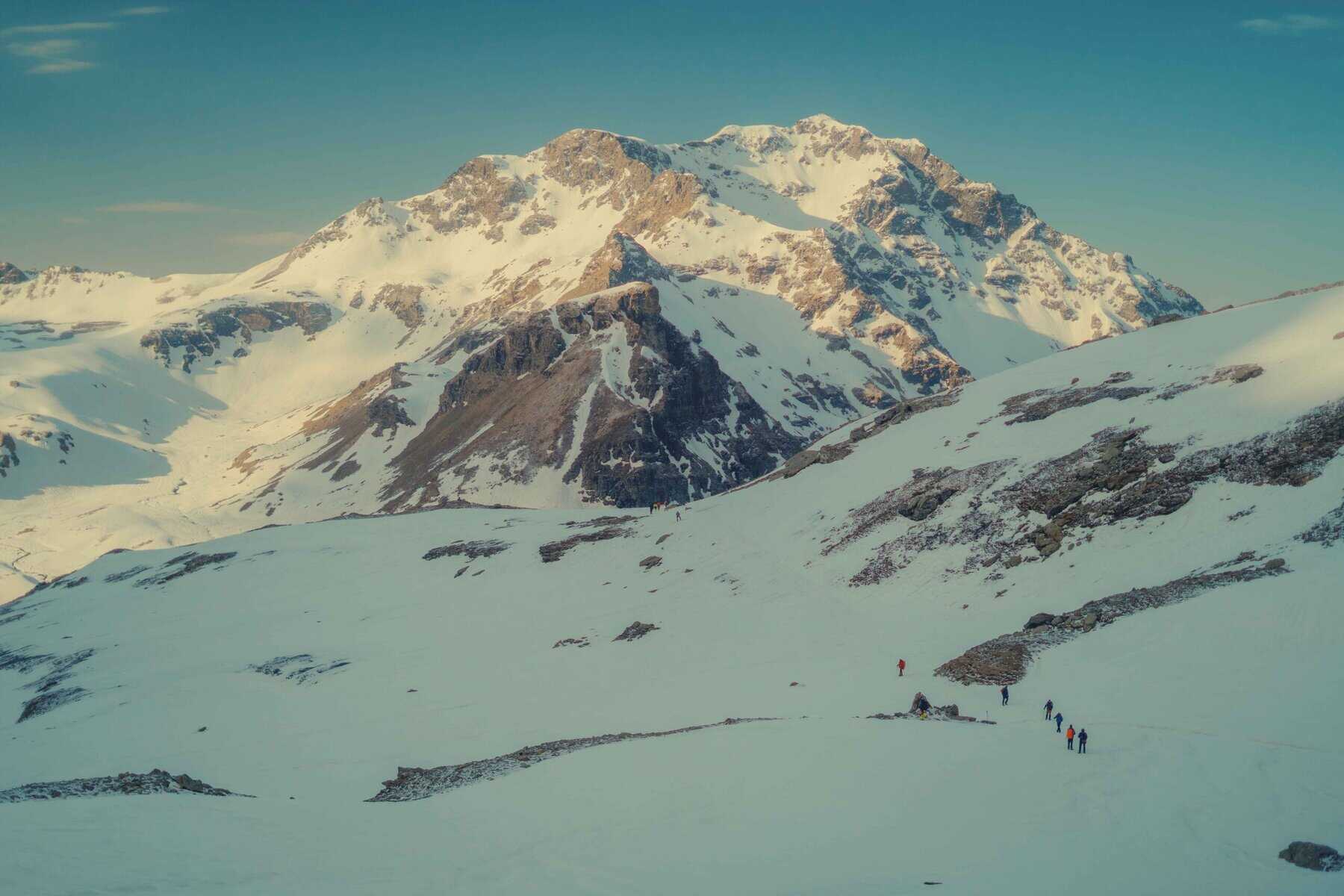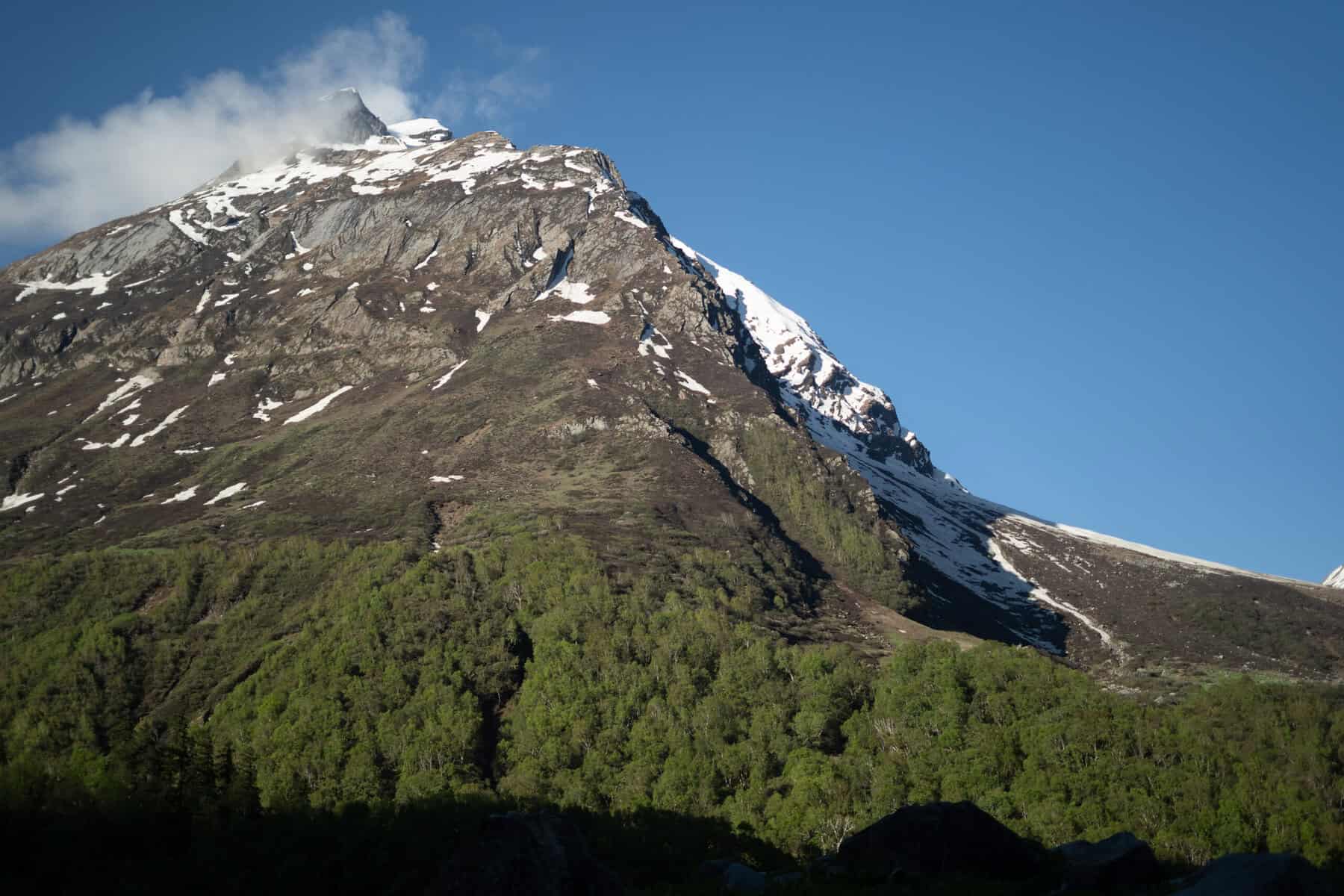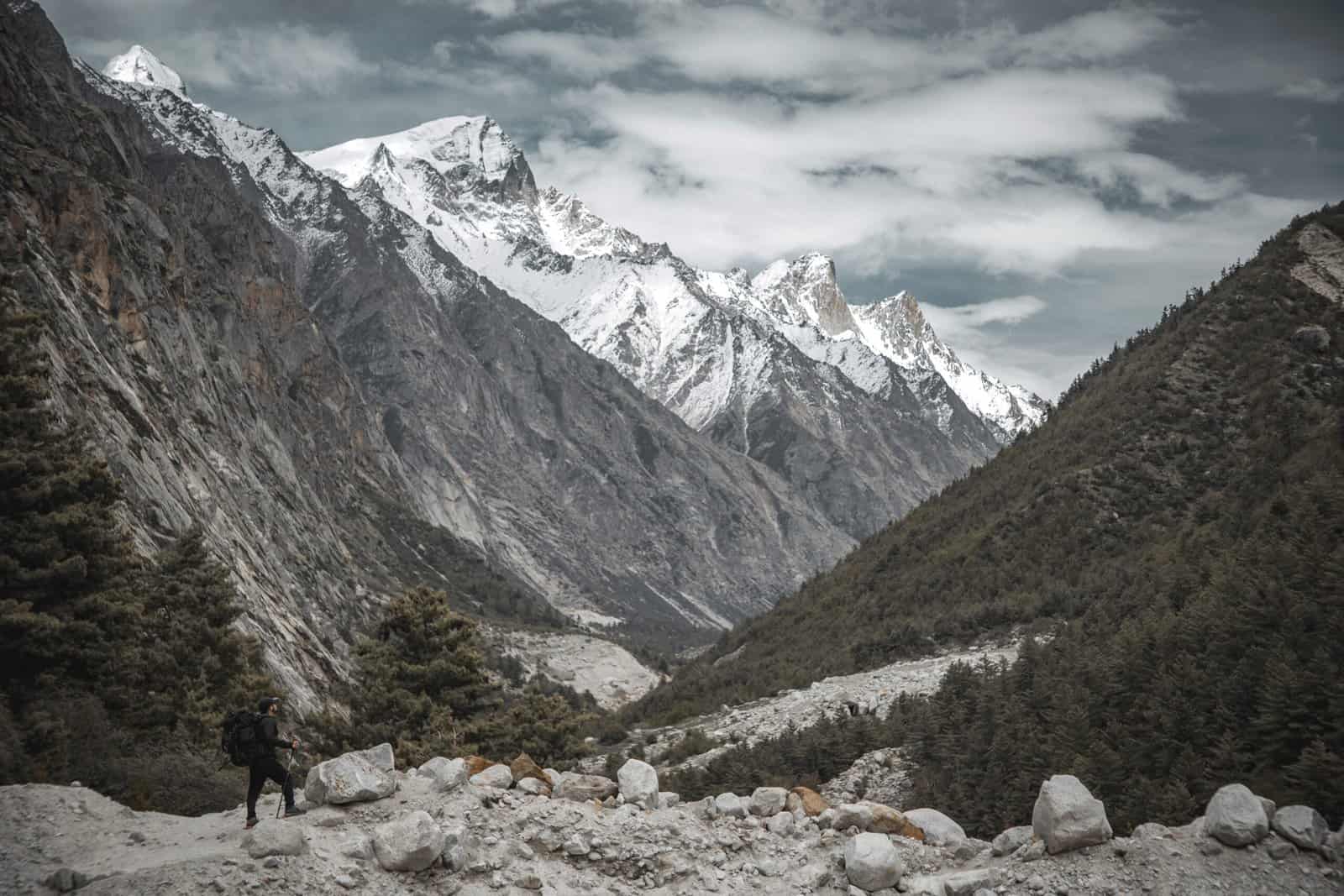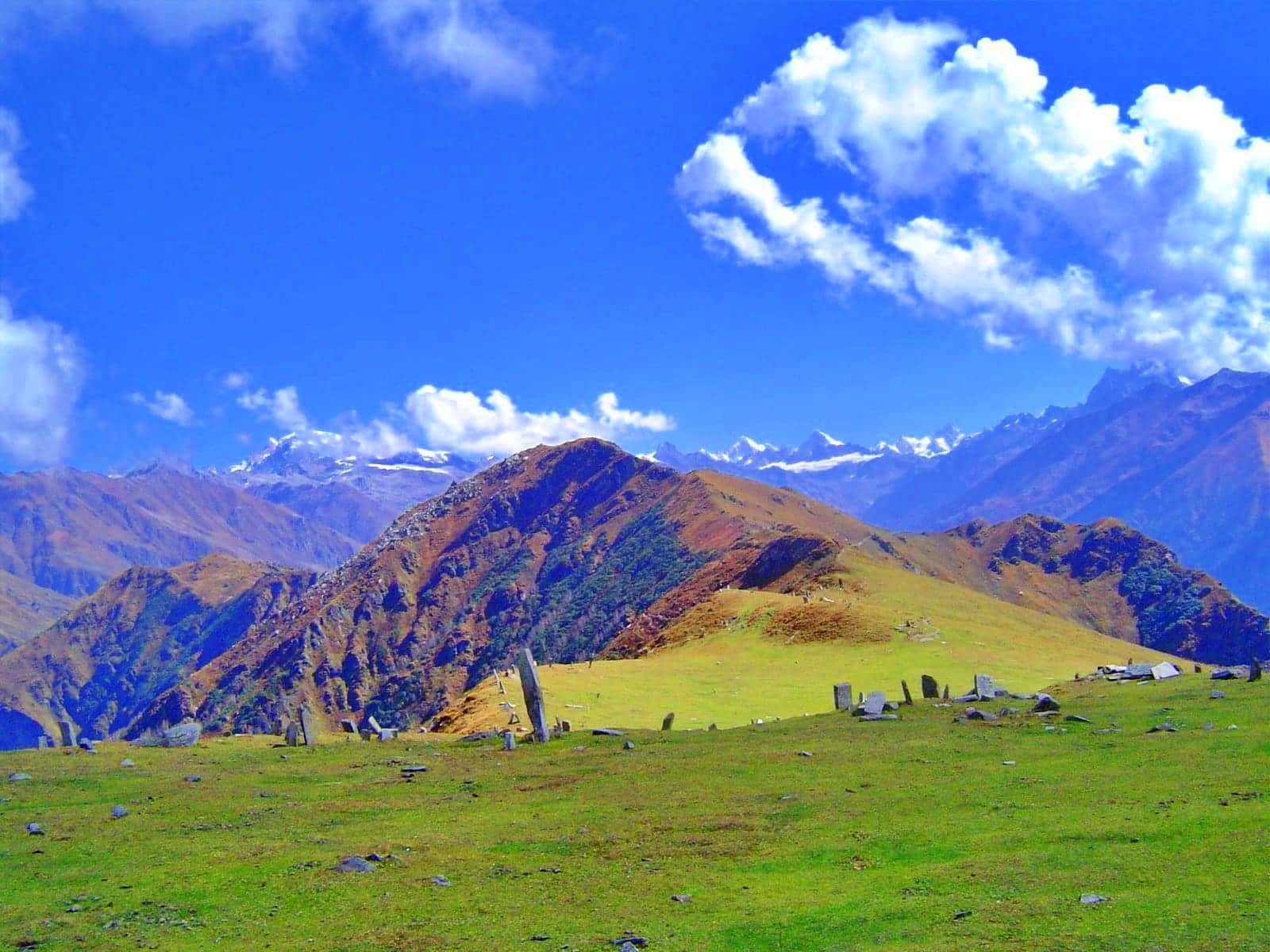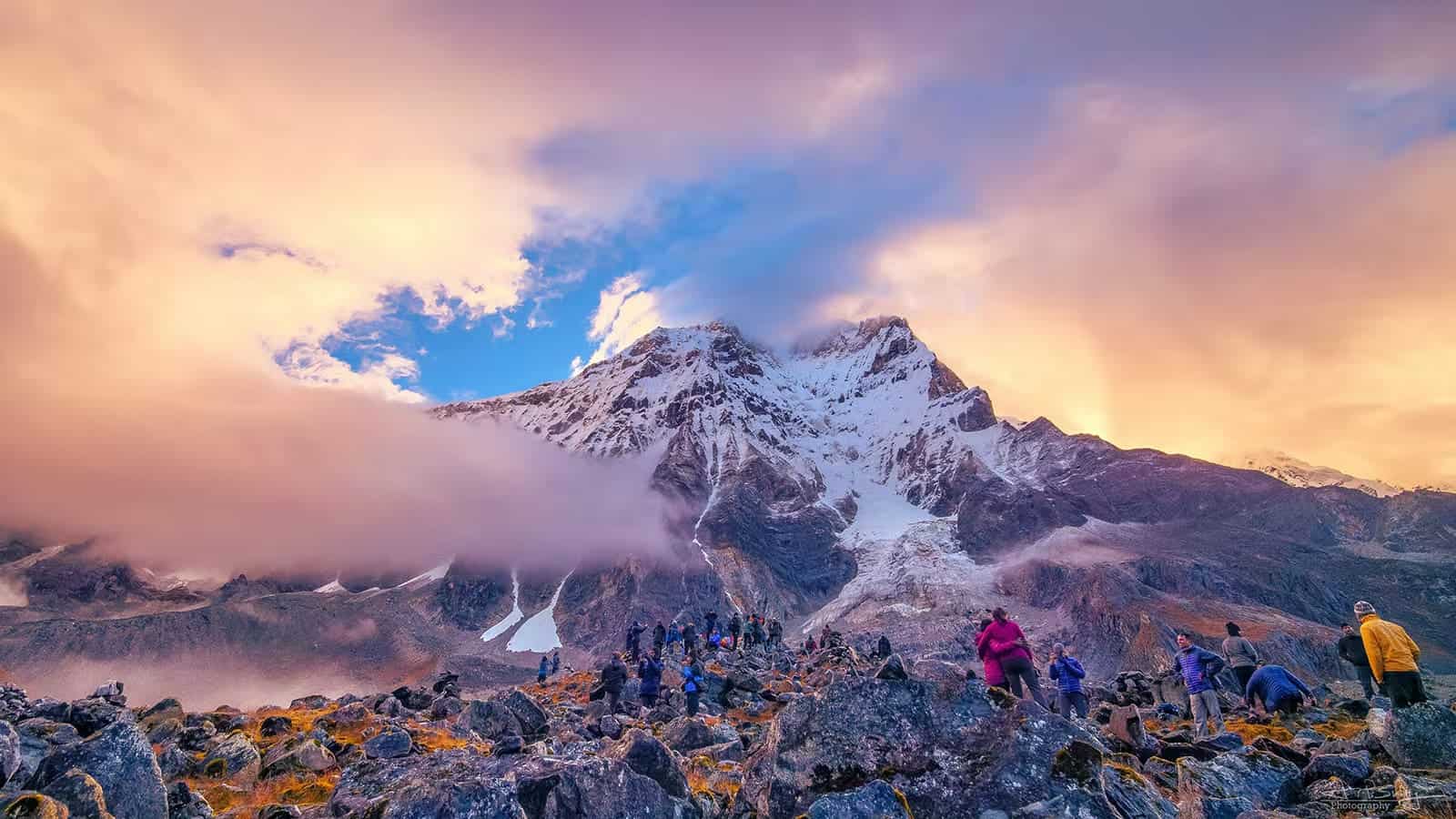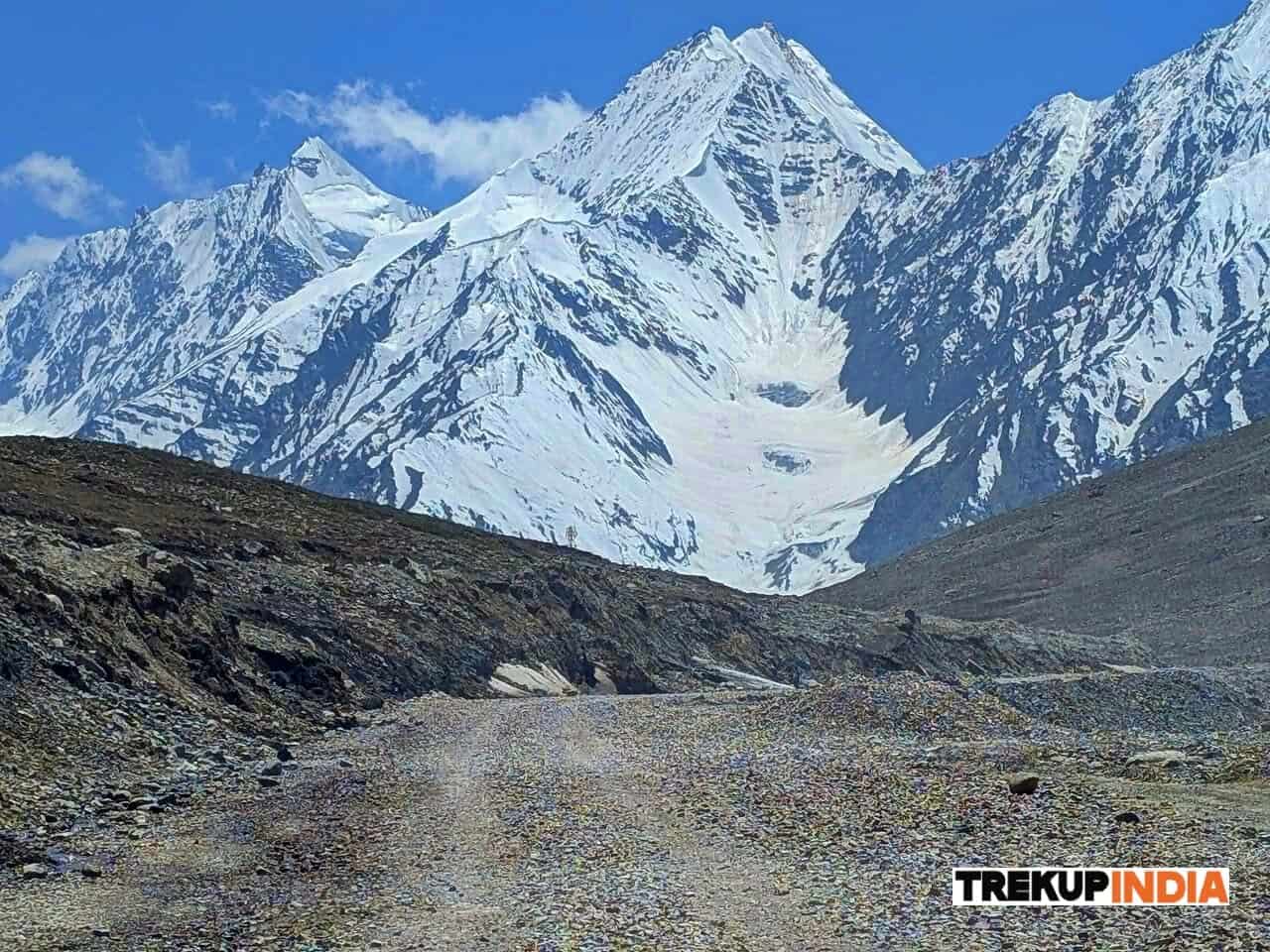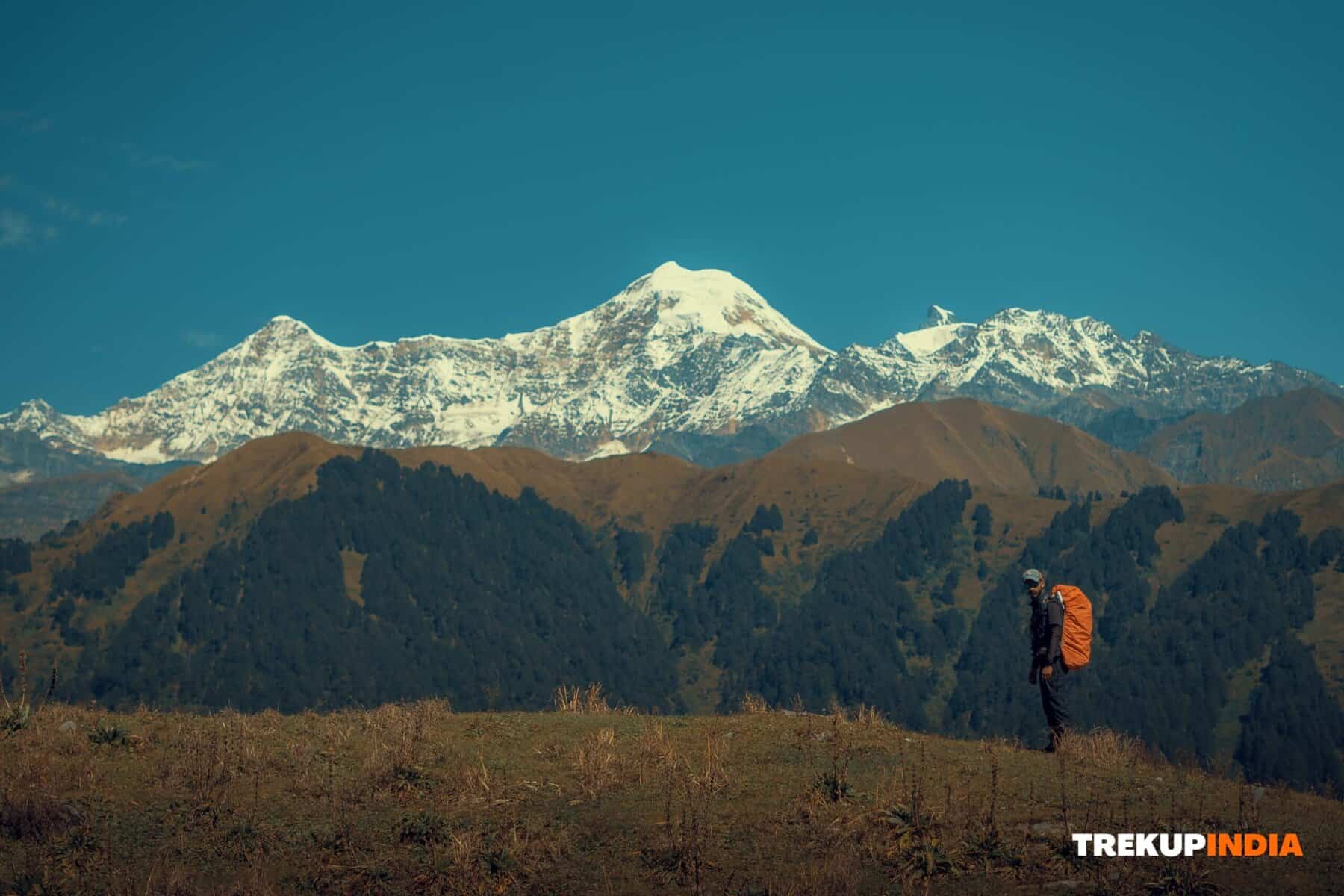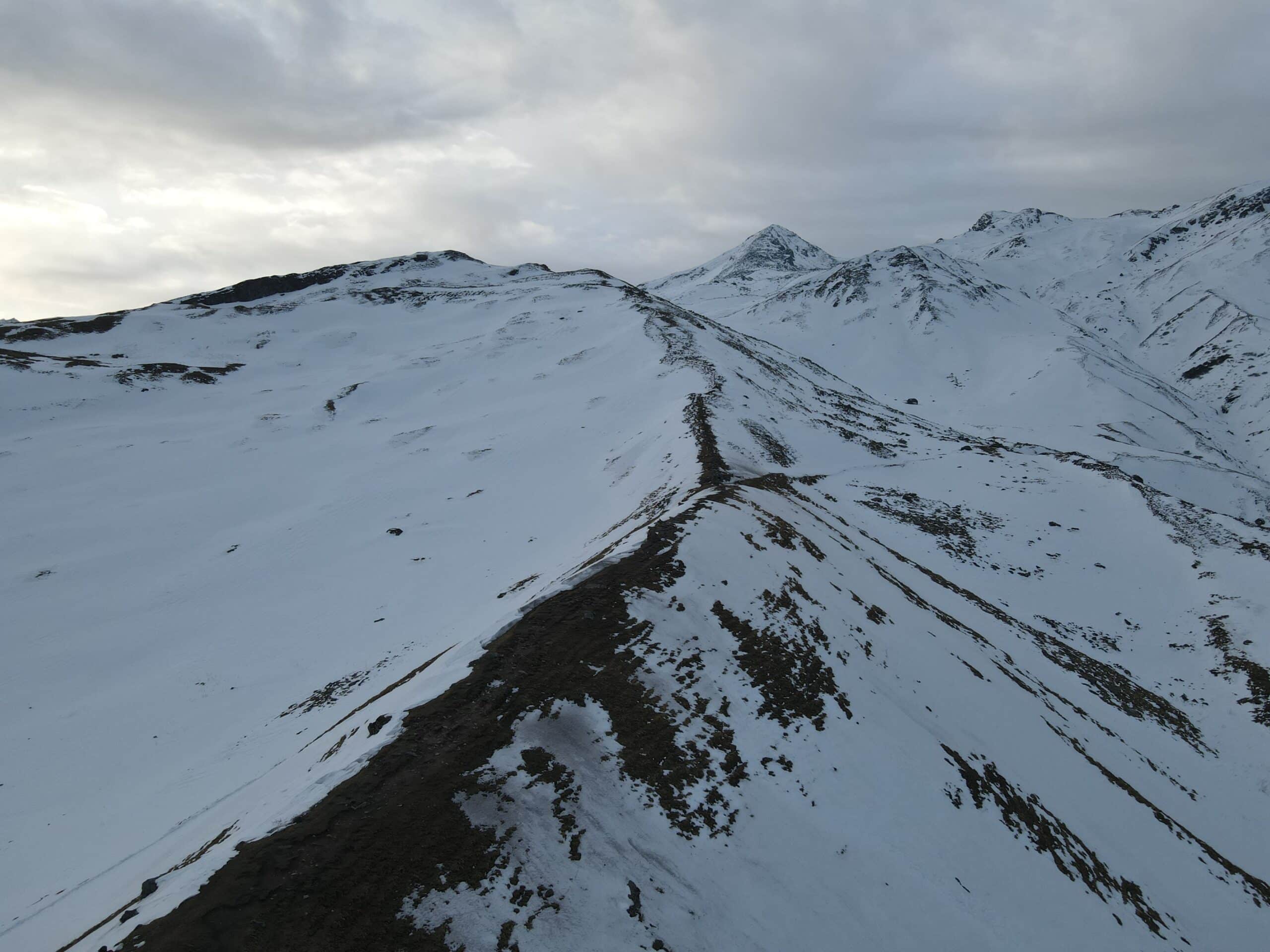Tarsar Marsar Trek Difficulty: Expert Insights & Tips
The Tarsar Marsar trek has started to turn heads in the trekking community over the past few years. Its growing popularity now stands right alongside the legendary Kashmir Great Lakes trek—and honestly, it’s easy to see why. If you’re thinking about taking it on, it’s good to know what you’re signing up for. I’ll walk you through a few of the tougher aspects—like the altitude and how much ground you’ll be covering—so you’re not caught off guard.
That said, in the grand scheme of Himalayan treks, Tarsar Marsar isn’t the most difficult one out there. In fact, it’s relatively gentle compared to some of the more intense climbs you’ll find deeper in the range. Don’t get me wrong, it still demands a decent level of fitness, and there will be moments that test your endurance. But if you come prepared, pace yourself, and take the time to enjoy the incredible landscape around you, it’s a journey that’s as rewarding as it is manageable.
1. Daily Trekking Distance

One of the nice things about the Tarsar Marsar trek is that the daily distances aren’t overwhelming. On most days, you’ll be walking around 5 kilometers, which feels pretty manageable, especially when you’re surrounded by that kind of Himalayan beauty. But it’s worth noting that the first and last days are a bit longer and can catch people off guard if they’re not expecting it.
Day one kicks off with a 10-kilometer walk from Aru to Lidderwat. It’s a relatively gentle start—just about 1,000 feet of elevation gain. The trail winds along the Lidder River, and it’s honestly such a scenic and peaceful stretch that it sets the tone for the rest of the trek. You probably won’t even notice the distance with everything there is to take in.
Now, the final day? That one’s a bit more demanding. The descent from Homwas back to Aru spans around 13 kilometers and drops about 4,000 feet in elevation. That kind of downhill can really take a toll on your knees—especially after several days of trekking. If you’re not used to long descents, it can feel pretty intense. Trekking poles are your best friends here; they’ll save your joints and give you much better control on the way down.
So while most of the trek is comfortably paced, it’s smart to come prepared—especially for that last stretch. A little training ahead of time goes a long way in making sure you enjoy the whole experience from start to finish.
2. Slow Increase in Elevation

The climb on the Tarsar Marsar trek is actually pretty gentle—it eases you in from the very start and keeps that same steady rhythm all the way through. On most days, you’re looking at an altitude gain of about 1,000 to 1,500 feet, which isn’t too intense. It’s enough to feel like you’re making progress, but not so much that it really taxes your legs. The gradual incline makes it possible to keep a relaxed, comfortable pace without burning out.
Even though you eventually reach an altitude of around 13,000 feet, it doesn’t feel extreme. You’re climbing slowly enough to acclimatize naturally, so there’s usually no need to stress about the elevation.
That said, there are a few stretches that demand a little extra focus—maybe a slippery patch or a narrow trail here and there—but nothing too technical. Overall, it’s a very doable trek, especially if you’ve done a bit of prep beforehand.
3. Descent From Tarsar Pass
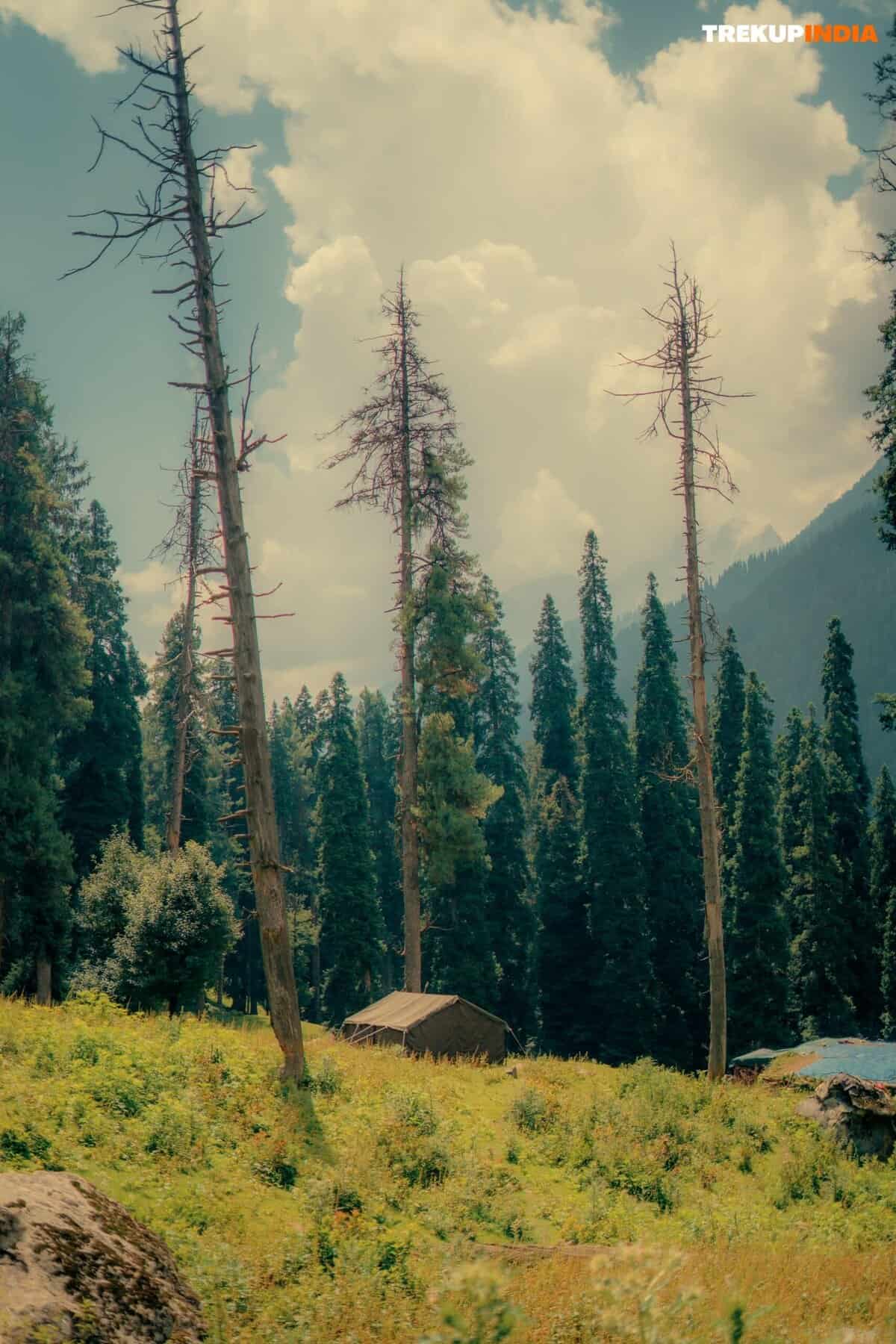
Coming down from Tarsar Pass, the trail does get a bit tricky. It’s not overly difficult, but the loose scree can throw you off if you’re not paying attention. You’ll want to take it slow and steady here—one careful step at a time. It’s easy to slip if you rush, so don’t. Give yourself the space to move thoughtfully, and you’ll be fine. Honestly, it’s all part of the adventure—just another little reminder from the mountains to stay present and respect the trail beneath your feet.
4. Challenging boulder section after Meadows
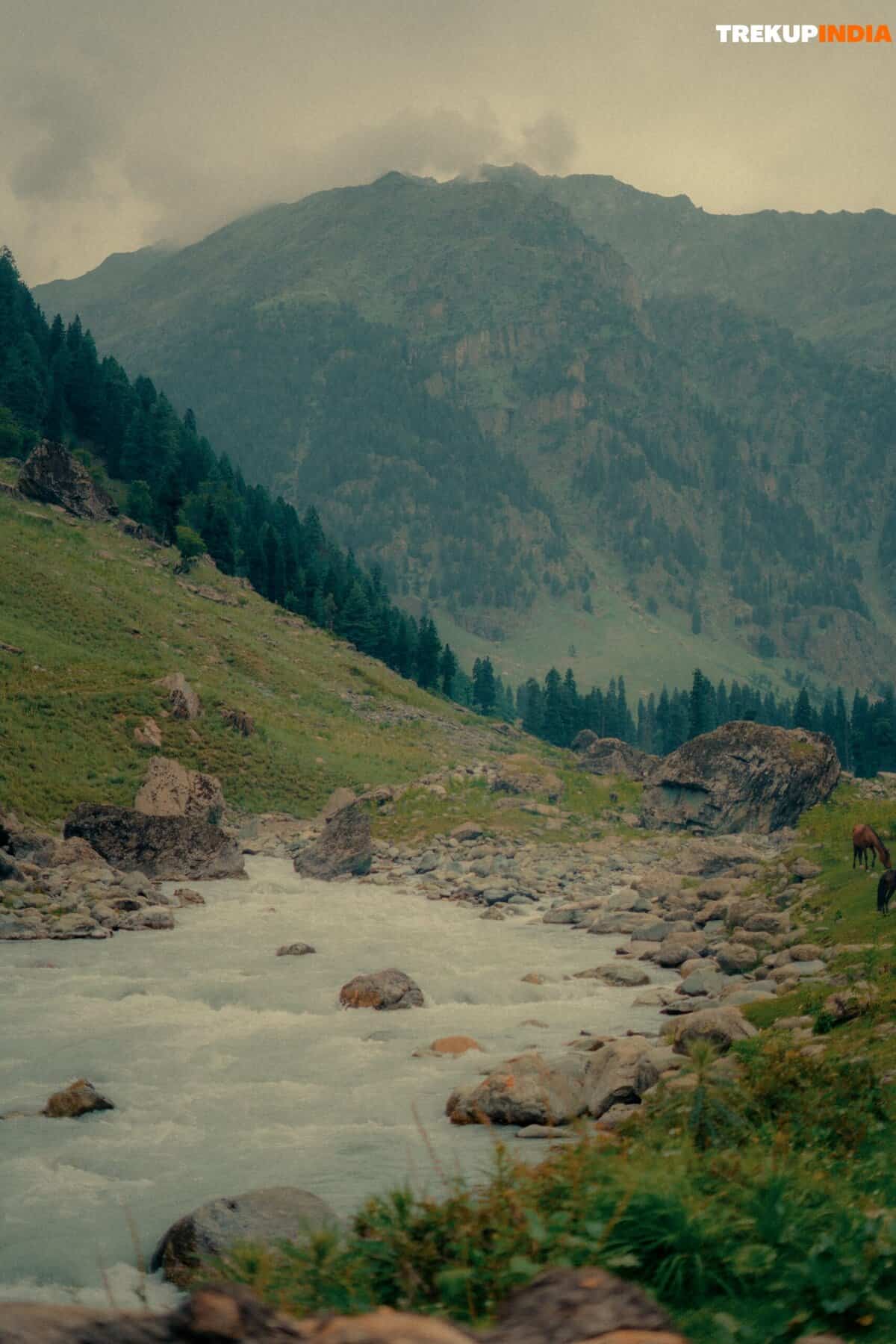
Just past the stunning Jagmargi Meadows—especially magical in August when they’re bursting with wildflowers—you’ll hit a more demanding stretch: the boulder section. This part of the trail is classic high-altitude Kashmir, scattered with massive rocks and tricky little gaps in between. You’ll need to slow down a bit here and really focus on your footing.
If it’s raining, take extra care—the rocks get slick fast, and it’s easy to slip if you’re not paying attention. That said, you won’t be on your own. The Trekup India team will be right there with you, helping you spot the safest steps, pointing out the most stable stones, and making sure you get through that patch safely. It’s one of those spots that reminds you: the mountains are beautiful, but they ask for your respect too.
5. Crossing From Sundarsar to Marsar
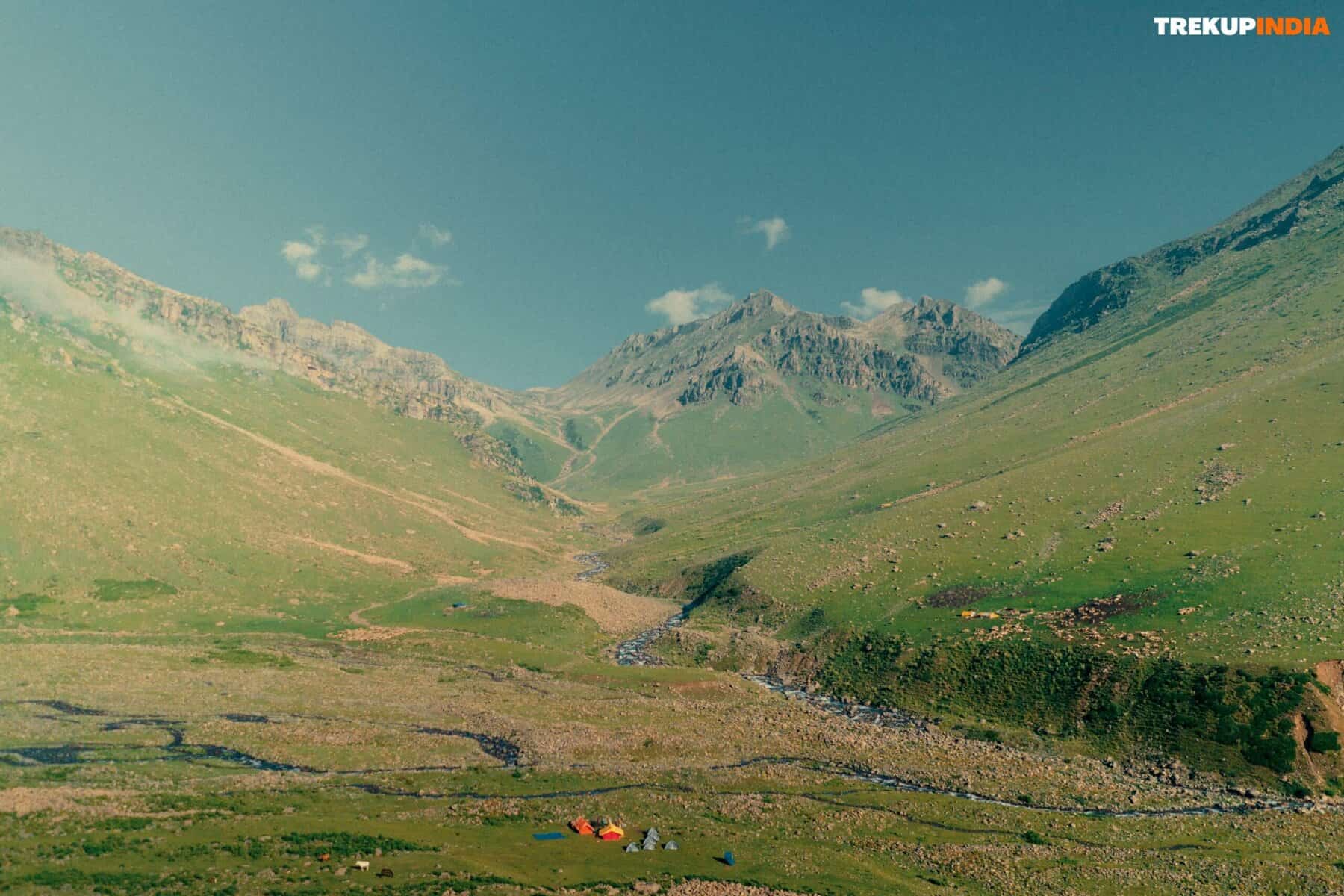
One of the more challenging stretches of the trek is the route from Sundarsar to Marsar. Sundarsar itself is absolutely breathtaking—a peaceful alpine lake where you’ll likely spend a night just soaking in the beauty and resting up. But the next leg of the journey, heading to Marsar, demands a bit more focus.
To get there, you’ll first walk around Sundarsar Lake, then make your way toward a small mountain pass, or “col,” tucked between low-lying hills. That col is your gateway to the other side—just beyond it lies Marsar Lake, around half a kilometre away.
Now, the climb up to the col can be a bit dicey, especially if you’re trekking in June. There’s often some snow lingering, and it can get pretty slick underfoot. That’s where good gear really comes into play—make sure you’ve got solid trekking shoes and two poles for balance. And don’t worry—you won’t be doing it alone. Our experienced trek leaders will be with you every step of the way, guiding you through and making sure you cross safely. It’s a bit of a push, but the views and the sense of accomplishment are totally worth it.
About Author

Preetam Singh Rawat (Founder)
The person behind this trekking organization is someone who’s spent over a decade – 12 years, to be exact – living and breathing the mountains. With multiple high altitude summits under his belt (we’re talking 6000 to 7000 meter peaks), he’s not just experienced – he’s the real deal.
But what really sets him apart is the sheer number of treks he has guided. He has led over 200 Himalayan expeditions, including well known routes like Bali Pass, Buran Ghati, Rupin Pass, Pin Bhabha, Stok Kangri, and Black Peak. Not just once, but multiple times. So yeah, when it comes to the Himalayas, he knows every twist in the trail and every story the mountains have to tell.
Got questions or want to get in touch? Write to Preetam at preetam@trekupindia.com. He’s always happy to chat about treks, answer your questions, or help you prepare for your next big adventure.
Why TrekupIndia?
Since 1993
- Trekup India has been one of the most recommended partners for trekking adventure tourism for more than 29 years. Featuring more than 75 Himalayan treks makes us supreme in the domain.
- We have explored trails like Kedarkantha Trek, Rupin Pass Trek, Borasu pass, Bali Pass, etc.
- Trekup India is India’s Oldest, Safest And direct operation trekking organisation. Trekup India has more trekkers than any other organization. 15,000 plus for 2022
We Are Approved And Certified By :-
- Adventure Tour Operators Association of India (ATOAI)
- Indian Mountaineering Foundation (IMF)
- State Tourism Department
What We Do?
- Trekup India is the most trusted trekking company in India. We also sets safety standards for the entire trekking industry.
- Trekup India is the pioneer of trekking in India. Trekup India has brought most trekking routes, trekking systems and trekking equipment to India for Indian trekking.
Save The Trail
- Trekup India’s Save The Trails program is a favorite among trekkers. Our Save The Trails program has made trails, where Trekup India runs trekking, pristine. Save The Trails is a great way for trekkers to leave our mountains better that we found them.
- Trekup India is a unique trekking company that offers the Trekup India’s Trekkers best experience. These transformative experiences are well-designed and leave an indelible impression on trekkers. These have been around for 29 years.


